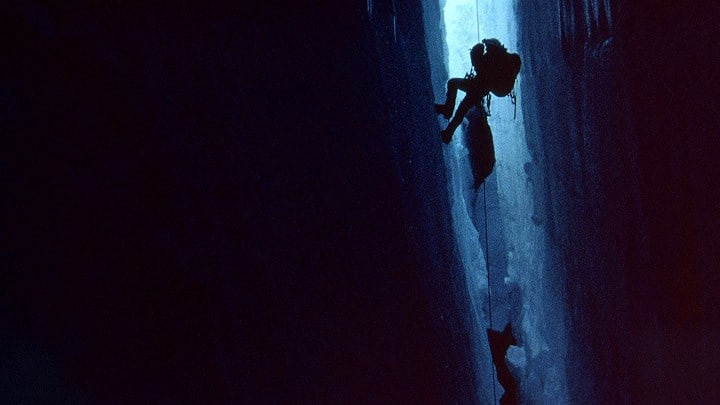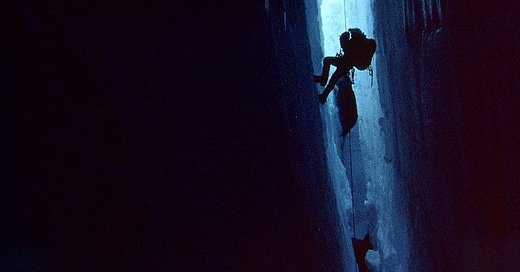A Lesson in Historical Storytelling from ‘Touching the Void’ and ‘The Summit’

Last night, Neil DeGrasse Tyson took to Twitter to complain about Gravity. It turns out that various pieces of satellite debris orbit the earth in the wrong direction, the space stations aren’t in the right places, and Sandra Bullock’s hair isn’t floppy enough. Also, no one who has seen 2001: A Space Odyssey should be impressed by the way Alfonso Cuarón…
Keep reading with a 7-day free trial
Subscribe to Nonfics to keep reading this post and get 7 days of free access to the full post archives.



